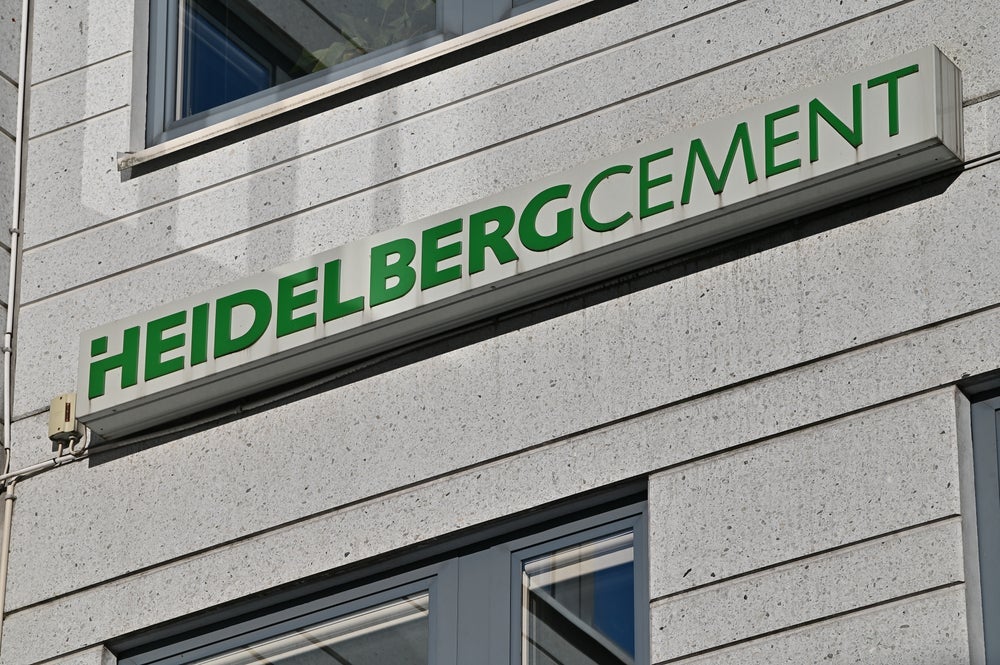obstacles
Cash remittances by migrant workers is a global business processing
more than $250 billion annually. Latin America is one of the
largest recipient markets, and one of the most hotly contested by
established players and a growing number of banks seeking to
establish a foothold in the market. Sridhar
Chityala reports.
According to a report published by United Nations agency the World
Bank, remittances sent home by migrants from developing countries
in 2006 totalled $206 billion, up from $193 billion in 2005 and
more than double the level in 2001. Total global flows of
remittances including those from developed nations grew from $257
billion in 2005 to $276 billion in 2006.
Among developing regions the Latin America/Caribbean market
represents the largest recipient of recorded remittances, followed
by the eastern Asia-Pacific and South Asia regions. The top
recipients are India, Mexico, China and the Philippines in that
order, according to the World Bank.
The Latin America/Caribbean corridor is evolving into a broader
cluster of countries, with a growing migrant population base
participating. In addition to Mexico they include Ecuador, El
Salvador, Dominican Republic, Colombia, Guatemala and Jamaica.
Mexico, however, remains the largest recipient – receiving $23
billion out of a total $53 billion transferred in 2006.
Factors behind increase in remittances
How well do you really know your competitors?
Access the most comprehensive Company Profiles on the market, powered by GlobalData. Save hours of research. Gain competitive edge.

Thank you!
Your download email will arrive shortly
Not ready to buy yet? Download a free sample
We are confident about the unique quality of our Company Profiles. However, we want you to make the most beneficial decision for your business, so we offer a free sample that you can download by submitting the below form
By GlobalDataThe doubling of remittances over the past five years in this region
from $24 billion in 2001 is attributable to a number of factors.
They include increased migration, increased earning capacities of
the migrant population, reduction in remittance costs, expansion of
distribution networks in the region by major players such as
Western Union, MoneyGram and Xoom, and depreciation of the US
dollar.
Competition is intense in the region, which plays host to at least
12 major specialist remittance market players. The market will
probably consolidate given the need for scale in the face of
competitive pressure on fees, the rising cost of compliance and the
entry of banks as viable competitors.
Looking at the market from a customer’s vantage point, service
providers have to provide more than just a guaranteed remittance.
Studies by the World Bank, consultancy Celent and research
organisation the Pew Hispanic Center suggest that driven by rising
earnings, affordability and quality of life needs, customers seek
value-added products such as mortgages, health insurance,
educational loans, car loans and bill payments services.
Most senders of remittances are looking for simplicity, cultural
familiarity, customer service (dispute resolution) and economic
incentives (speed and cost) when selecting their channel of
transmission or in choosing their service provider. While
electronic transmission is dominant on the send leg of remittances,
the recipient mechanism continues to be cash – irrespective of the
destination outlet. These are important factors to be considered by
potential new entrants when designing and marketing a remittance
service.
New approaches
Historically, cash-send to cash-receive via retail outlets or bank
branches is the established practice. This is slowly giving way to
a bank account to cash service model. As customers become more
familiar with technology, more innovative approaches are likely to
evolve, such as the use of mobile phones.
According to the World Bank, over 90 percent of Latino migrants in
the US have access to a mobile phone and use a variety of prepaid
cards such as discount cards, phone cards and debit cards as
preferred payment methods. MasterCard and Visa are piloting
initiatives incorporating mobile technology and a range of payment
cards.
There is also a growing segment within the Latino universe who have
access to the internet and are comfortable with technology as a
medium of interaction. Xoom has latched on to this and permits
individuals to send money via the internet to family, friends and
businesses worldwide.
Building on this, Xoom this year forged a receiving partner
alliance with Bancomer Transfer Service (BTS), a unit of Mexican
bank BBVA Bancomer, that permits customers to choose most forms of
internet-based transactions, including cheque account debit, credit
card, payroll card and PayPal. Xoom’s network reach as a result of
the partnership grew from 2,500 to over 12,000 locations and from
11 countries to 16 countries in the region.
Banks move in
Major banks such as Citi, Bank of America, Wells Fargo, Harris
Bank, HSBC, JP Morgan Chase (JPMC), Heritage Bank and many others
have also been enhancing their remittance products with value
propositions.
HSBC offers a better foreign exchange rate and lower fees if the
money is routed via one of its branch locations in Mexico. JPMC
offers a money transfer service to Mexico called Rapid Cash that
allows cheque account customers to make three free transfers per
month of up to $1,500 each. The money is transferred to Banorte
bank in Mexico and can be deposited into a Banorte account or
picked up at any Banorte branch in cash for no fee.
Wells Fargo has launched a new money transfer service designed to
make it easier for customers to send money to family members living
in Mexico, India and other foreign countries. The service, Wells
Fargo ExpressSend, provides people sending money with more
information on fees while making it easier for recipients to
receive money transmitted. Wells Fargo customers can send money
account-to-account, account-to-cash, cash-to-cash and
cash-to-account, a comprehensive suite. The money can also be
picked up at branches of service partner banks and their
ATMs.
Banks are latecomers and have captured a very small percentage of
the overall volumes. However, with some of the initiatives now
under way they could begin capturing notable market share from
established players. The real opportunity for banks rests with
their ability to cross-sell other products and build a trusted
relationship with customers.
Overall, with so many non-banking players operating in the space it
is challenging to establish and achieve scale in the remittance
market. Technology is the linchpin, augmented by price, fees,
exchange rate management, timely delivery of funds, locations for
collection and customer dispute resolution capabilities. For
aspiring financial institutions, the key may lie in offering money
transfer as a free service and bringing new customers into
mainstream financial services with an eye to cross-selling other
financial products.







